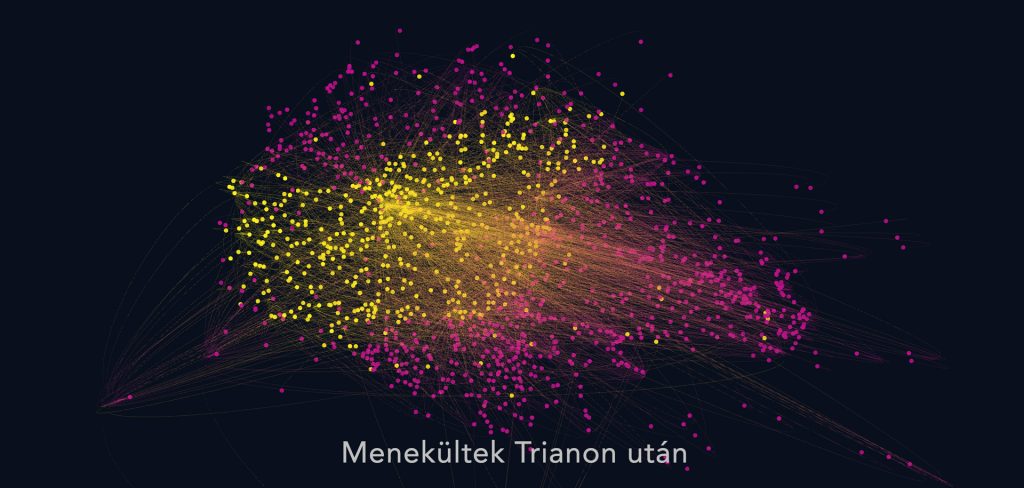The https://english.atlatszo.hu use cookies to track and profile customers such as action tags and pixel tracking on our website to assist our marketing. On our website we use technical, analytical, marketing and preference cookies. These are necessary for our site to work properly and to give us inforamation about how our site is used. See Cookies Policy
Interactive map: see the movement of Hungarian migrants and refugees after the Treaty of Trianon
István Dékány has recently published the online database that accompanies his book titled Orphans of Trianon (Trianoni árvák). The database contains data about Hungarians who were either deported from their homeland or who fled their homes after the Treaty of Trianon was signed in 1920. This was the peace treaty that formally ended World War I for Hungary, and resulted in Hungary losing approximately two-thirds of its territory. Using the online database we created an interactive map that shows you the migration patterns of refugees after 1920.
’Following the war, the states that were newly formed in the place of the Austro-Hungarian Monarch, and also their neighbors, started occupying their new territories. Senior officials of the Hungarian state were required to swear allegiance to their new administrations and those who refused to do so were expelled. The mother country was unable to provide either jobs or housing to the majority of the refugees who arrived in railway cattle cars. Thus many people were waiting for better times for months in those cattle cars’ the book says.
By meticulous research in libraries and archives, István Dékány managed to compile a database of 16 thousand data points about who fled or migrated and to where after the Treaty of Trianon.
Átló created an interactive map of their movements. You can zoom in on the map and turn it around with your mouse or touchpad.
Menekültek Trianon után
Nemrég tették közzé Dékány István Trianoni árvák című könyvéhez összegyűjtött adatbázist kereshető formában a trianoni tragédia után elmenekült vagy kitoloncolt magyarokról. Mi most egy interaktív térképen megmutatjuk, hogy ezek az emberek honnan-hova menekültek. “Az első világháborús összeomlás után az Osztrák-Magyar Monarchia utódállamai és a szomszédos országok megkezdték a területfoglalást.
Created by Attila Bátorfy
English summary by Anita Kőműves. You can read the original, Hungarian-language story here.

